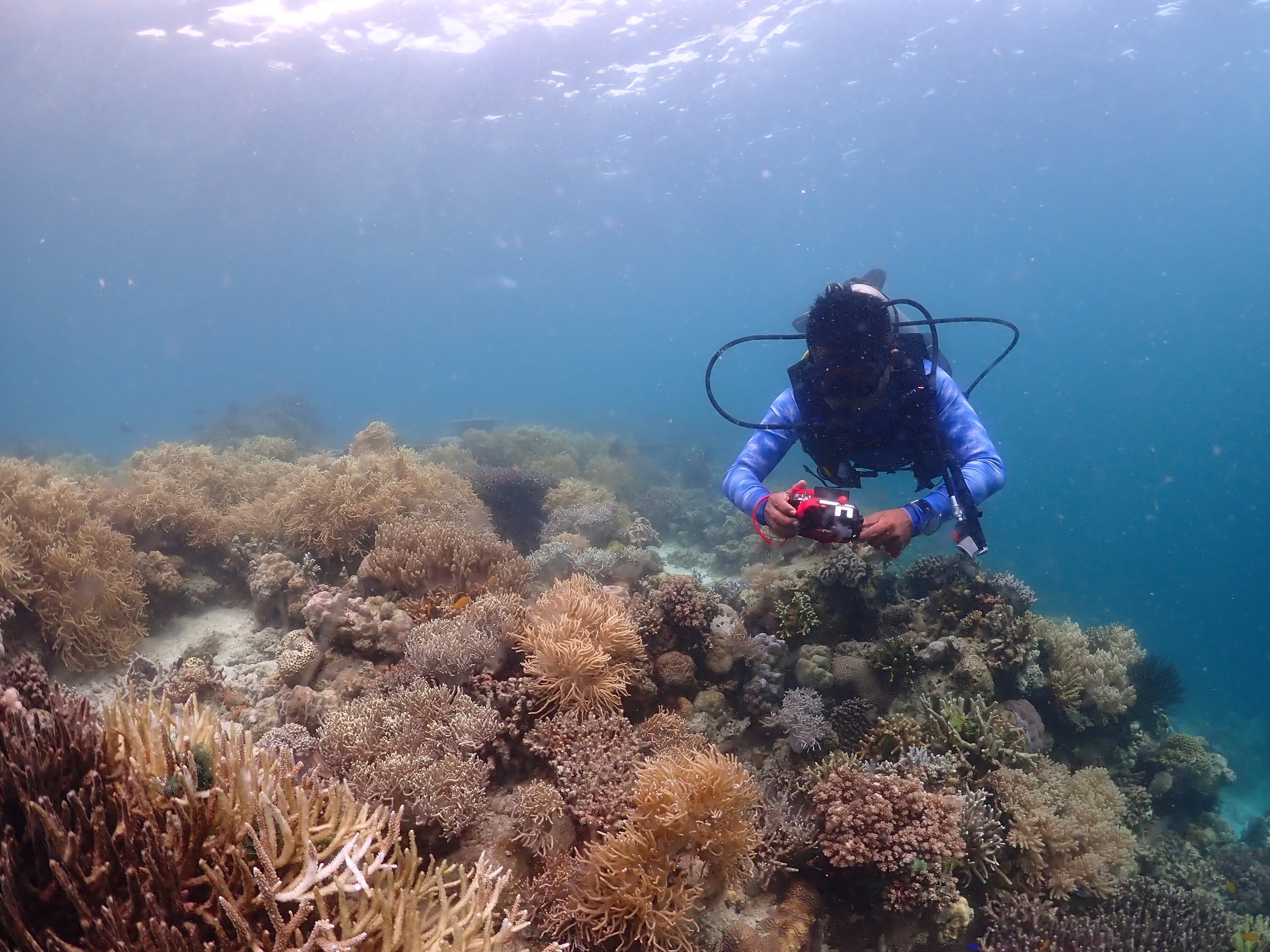So pretty much everyone agrees: we need to conserve biodiversity
Everybody is talking about biodiversity and the need to conserve it.
But who is going to pay???
The Sustainable Development Goals talk about it; the Malaysian National Policy on Biological Diversity is all about it…as is the recently signed Global Biodiversity Framework. So pretty much everyone agrees: we need to conserve biodiversity.
We seem to understand how. But the question no one can answer yet is: who is going to pay for it?
The History of Paying for BiodiversityIn 2021, the British Government published what has become one of the most authoritative reports on the topic of the economics of biodiversity – the Dasgputa Review. The Foreword starts with the following passage:
We are facing a global crisis. We are totally dependent upon the natural world. It supplies us with every oxygen-laden breath we take and every mouthful of food we eat. But we are currently damaging it so profoundly that many of its natural systems are now on the verge of breakdown.
I mean, how much more do we need to know?
The full report is over 600 pages long. Fortunately there is a summary of the headline messages, which says, essentially, that our current use of biodiversity is unsustainable and it is endangering the prosperity of both current and future generations.
Pretty apocalyptic…but it does provide some pointers as to what we need to change: reduce demands on nature, recalibrate our measures of economic success, and transform institutions and systems.
The review talks about finance, saying that: “Financial flows devoted to enhancing our natural assets are small and are dwarfed by subsidies and other financial flows that harm these assets.”
Bit silly, that – spending more money hurting our best interests than on looking after them!
How Much Does Biodiversity Cost?
In a report entitled “Financing Nature: closing the Global Biodiversity Financing Gap” the authors state the following (see Executive Summary):
The gap between the amount currently spent on biodiversity conservation and what is needed is large, but it can be closed. As of 2019, current spending on biodiversity conservation is between $124 and $143 billion per year, against a total estimated biodiversity protection need of between $722 and $967 billion per year. This leaves a current biodiversity financing gap of between US$ 598 billion and US$ 824 billion per year.
Of course, that’s a ridiculous amount of money. Who can envisage that sort of sum?
What about Malaysia?
Bear with me while I do a silly sum:
Malaysian population (approx. 33 million) / global population (approx. 8 billion) = 0.41%
So, Malaysia accounts for about 0.41% of the world population.
Let’s say the biodiversity funding gap is somewhere in the mid-range, around U$ 700 billion per year.
If Malaysia were to invest the same proportion of its population on this gap then Malaysia needs to spend around US$ 290 million per year on biodiversity conservation. That’s about 78% of Malaysia’s GDP (2021: US $ 373 billion).
So where is the money coming from?
You can kind of see why people have trouble taking it seriously. Roads? Schools? Hospitals? No, let’s go plant some trees!
Ok, that’s kind of cynical, but my point is this: the scale of the challenge is intimidating.
If we are to protect the very biodiversity that we depend upon for food, oxygen, water, etc., then we are going to have to change our ways – or, believe, our ways are going to be changed for us – by nature.
Our Cintai Tioman team explored the mangrove with the next-generation ocean warriors' of Tioman Island.
I’m no expert on this stuff, but you don’t have to read too far before you come across some obvious issues: subsidies on fossil fuels; poor public transport…I won’t go on.
Sustainable funding for conservation
The good news (finally!) is that we can see some opportunities. The newly emerging financial solutions called “nature-based solutions” show great promise.
Ok, the carbon credit scene is a bit untidy, and there are questions about standards. But if we could arrange similar – better designed and regulated – systems for biodiversity conservation, then we might be able to create some sustainable funding opportunities.
As Rico, my economics guru, likes to say: “businesses don’t pay for externalities”. That’s things like the impacts of climate change on remote islands, washing away houses... Perhaps carbon or biodiversity credits will force businesses to do so – creating the cash flow we need for nature protection.
Seagrass Watch said seagrass can absorb 35 times faster than rainforests
One point you don’t hear very often alongside these scary figures: NOT making those investments will actually cost a lot more. Worth remembering.
An opportunity – and a challenge
If this creates an opportunity in Malaysia, it also creates a challenge: the way marine resources are managed in Malaysia will need to be transformed.
The “custodians” of marine biodiversity are, in effect, State governments, because most marine resources (mangroves, seagrasses, coral reefs, etc.) are in coastal areas – so effectively, they are on State land. And under the constitution, land is a state matter. But currently, State governments do not have much of a role in managing these ecosystems.
That’s going to have to change, and that’s why RCM is putting increasing effort into working with State governments to engage them in this important conversation.
Let’s see how that works out.



